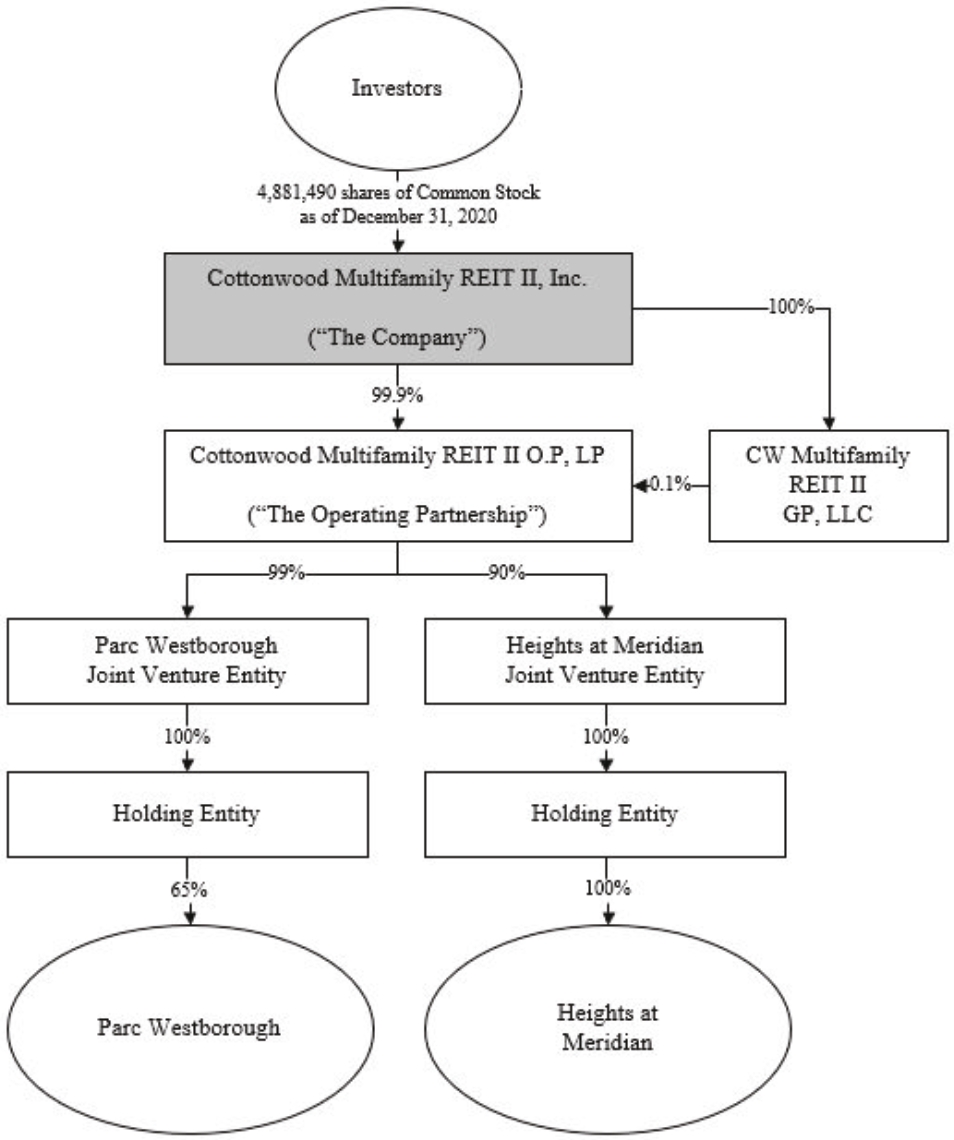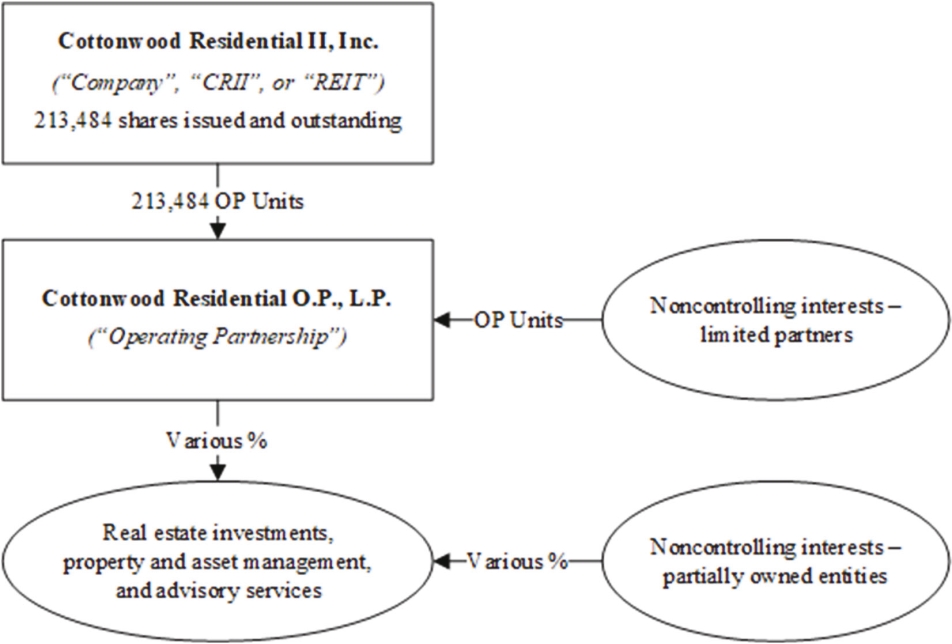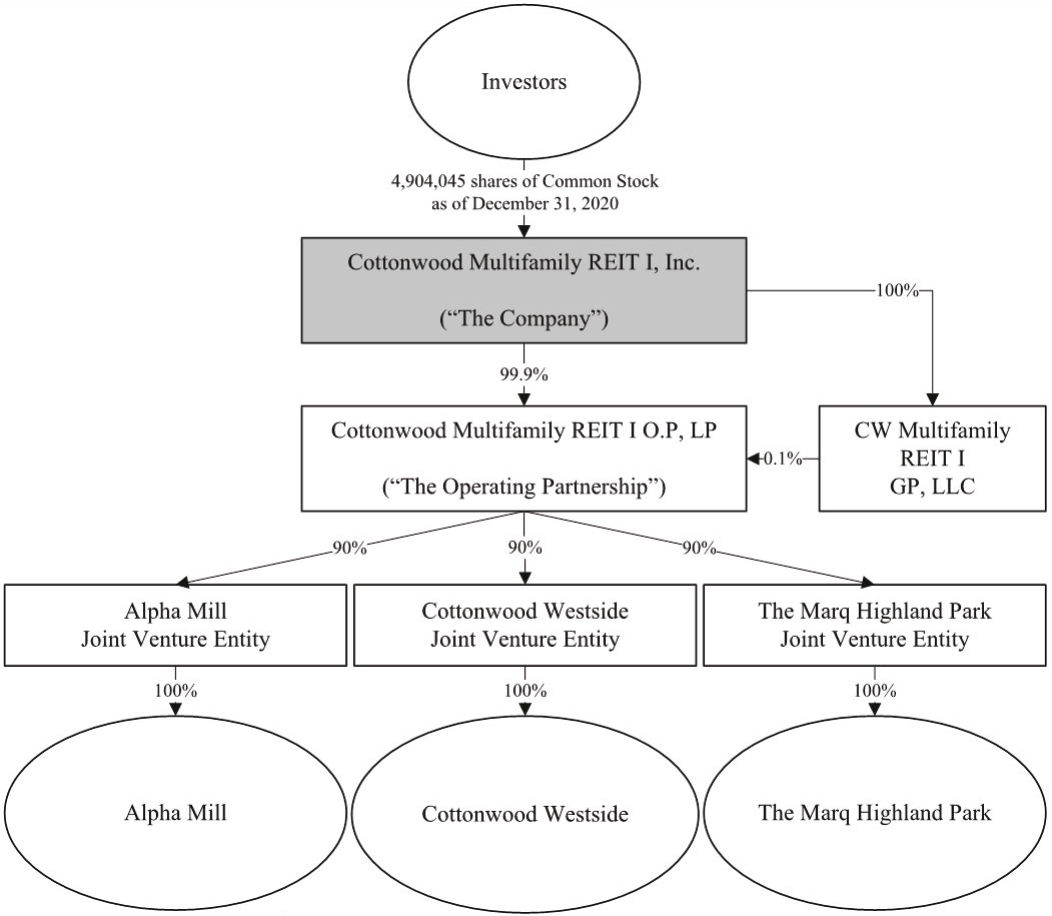(No Conflict; Required Filings and Consents); Section 4.4(a)-(b) (Capital Structure); Section 4.5(f) (Investment Company Act); Section 4.13(b) (Taxes); Section 5.1 (Organization and Qualification; Subsidiaries); Section 5.2 (Authority); Section 5.3(a)(i) (No Conflict; Required Filings and Consents); Section 5.4(a)-(b) (Capital Structure); Section 5.5(h) (Investment Company Act); and Section 5.13(b) (Taxes).
“GAAP” means United States generally accepted accounting principles.
“Governmental Authority” means the United States government, all state and local governments within the United States, and all agencies thereof, or any foreign government, or any other governmental or quasi-governmental regulatory, judicial or administrative authority, instrumentality, board, bureau, agency, commission, body, department, self-regulatory organization, arbitration panel or similar entity or subdivision thereof.
“Hazardous Substances” means (i) those materials, substances, chemicals, wastes, products, compounds, solid, liquid, gas, minerals in each case, whether naturally occurred or man-made, that are listed, designated, classified or regulated as hazardous or toxic under any Environmental Law; (ii) petroleum and petroleum-derived products, including crude oil and any fractions thereof, and lead-containing paint or plumbing; and (iii) polychlorinated biphenyls, urea formaldehyde foam insulation, methane, asbestos in any form, radioactive materials or wastes and radon.
“Indebtedness” means, with respect to any Person and without duplication, (i) the principal of and premium (if any) of all indebtedness, notes payable, accrued interest payable or other obligations for borrowed money, whether secured or unsecured, (ii) all obligations under conditional sale or other title retention agreements, or incurred as financing, in either case with respect to property acquired by such Person, (iii) all obligations issued, undertaken or assumed as the deferred purchase price for any property or assets, (iv) all obligations under capital leases, (v) all obligations in respect of bankers acceptances or letters of credit, (vi) net cash payment obligations under interest rate cap, swap, collar or similar transaction or currency hedging transactions (valued at the termination value thereof), (vii) any guarantee of any of the foregoing, whether or not evidenced by a note, mortgage, bond, indenture or similar instrument and (viii) any agreement to provide any of the foregoing.
“Intellectual Property” means all United States and foreign (i) patents, patent applications and all related continuations, continuations-in-part, divisionals, reissues, re-examinations, substitutions and extensions thereof, (ii) trademarks, service marks, trade dress, logos, trade names, corporate names, Internet domain names, design rights and other source identifiers, together with the goodwill symbolized by any of the foregoing, (iii) registered and unregistered copyrights and rights in copyrightable works, (iv) rights in confidential and proprietary information, including trade secrets, know-how, ideas, formulae, invention disclosure, models, algorithms and methodologies, (v) all rights in the foregoing and in other similar intangible assets, and (vi) all applications and registrations for the foregoing.
“Investment Company Act” means the Investment Company Act of 1940, as amended.
“IRS” means the United States Internal Revenue Service or any successor agency.
“Knowledge” means (i) with respect to CMR, the actual knowledge of the persons named in Section 1.1(a) of the CMR Disclosure Letter and (ii) with respect to CCI, the actual knowledge of the persons named in Section 1.1(a) of the CCI Disclosure Letter, in each case of either (i) or (ii), after reasonable inquiry.
“Law” means any and all domestic (federal, state or local) or foreign laws, statutes, common laws, rules, ordinances, codes, regulations and Orders promulgated by any Governmental Authority.
“Lien” means with respect to any asset (including any security), any mortgage, deed of trust, claim, condition, covenant, lien, pledge, hypothecation, charge, security interest, preferential arrangement, option or other third party right (including right of first refusal or first offer), restriction, right of way, easement, or title defect or encumbrance of any kind in respect of such asset, including any restriction on the use, voting, transfer, receipt of income or other exercise of any attributes of ownership, other than transfer restrictions arising under applicable securities Laws.
“Order” means a judgment, writ, stipulation, injunction, order or decree of any Governmental Authority or arbitrator.
“Permitted Liens” means any of the following: (i) Liens for current Taxes or governmental assessments, charges or claims of payment not yet delinquent or that are being contested in good faith and for which adequate accruals or reserves have been established as of the date of this Agreement; (ii) Liens that are carriers’, suppliers’,








